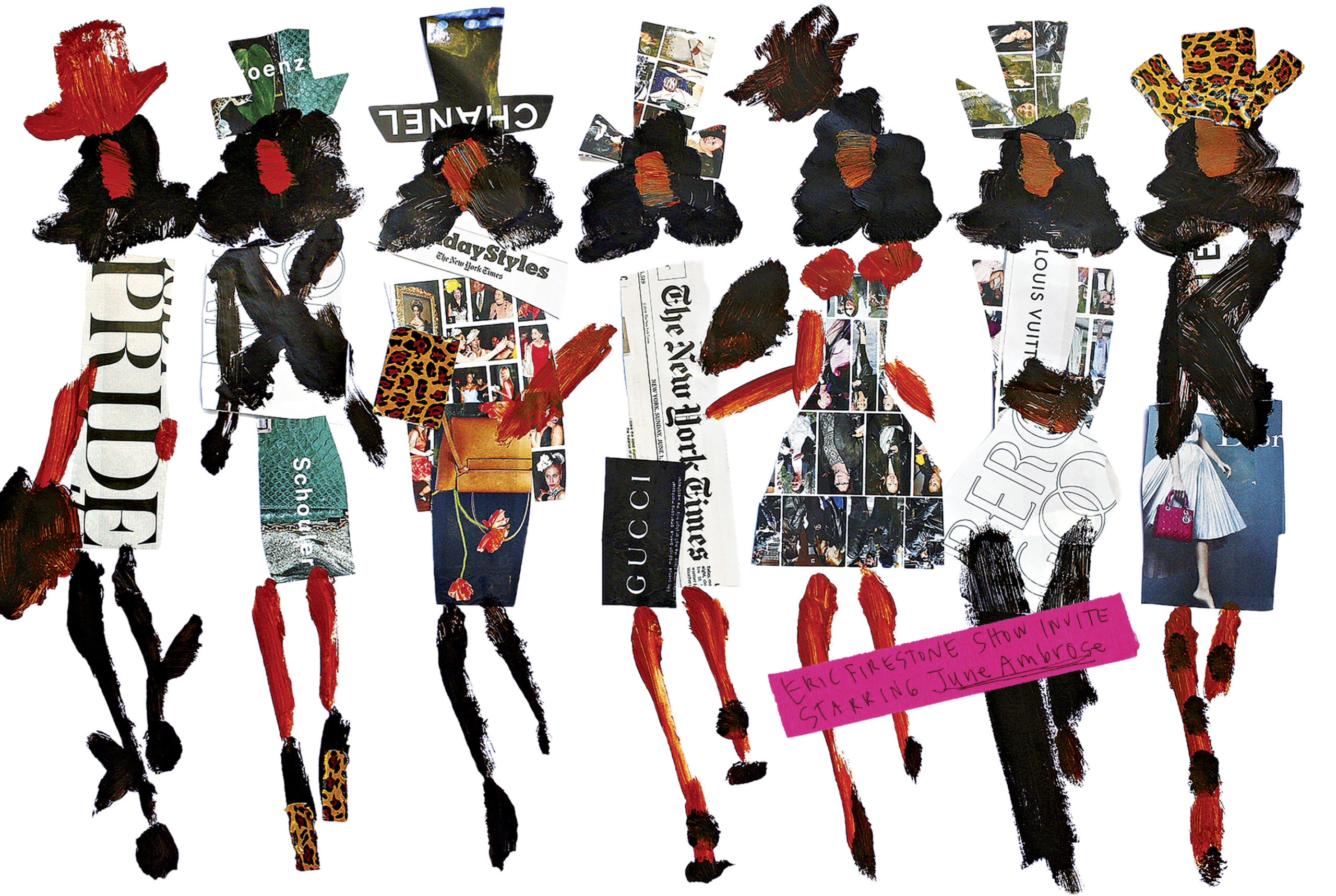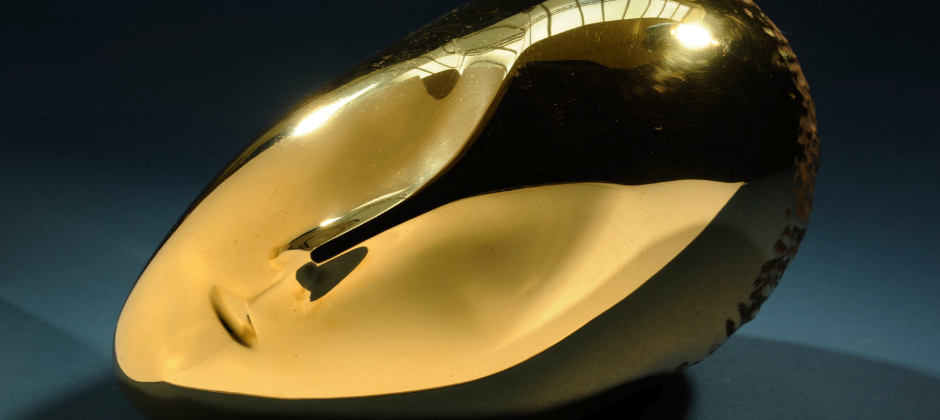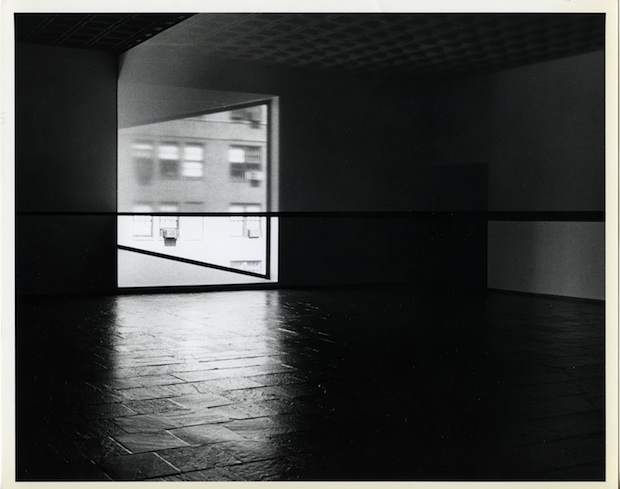Art photographer Diane Tuft’s images read more like abstractions than landscapes. But landscapes they truly are, depictions of perhaps the least hospitable landscape on earth: Antarctica.
Tuft spent six weeks in Antarctica in 2012, thanks to a grant from the National Science Foundation’s Writers and Artists Program, which supports the creation of original works in “painting, photography, writing, history, and other liberal arts” that “exemplify the Antarctic heritage of human kind [and] increase public understanding of the Antarctic region, including the continent and the surrounding oceans.”
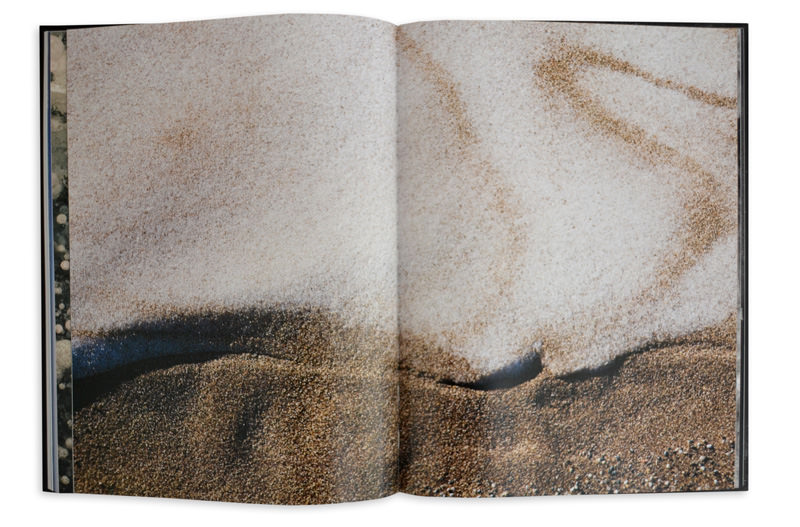
Gondwana: Images of an Ancient Land (Assouline, 2014)
Tuft’s new book Gondwana: Images of an Ancient Land (Assouline, 2014) is the fruit of her expedition. The book includes more than 50 photos that represent the coldest, windiest, driest continent’s virgin, exposed beauty with hues and compositions that appear so unearthly that it’s hard to believe they are from our own planet.
Tuft had anticipated that her camera gear might not function properly in the extreme cold. “But the problem with the cold wasn’t the cameras, it was me,” she said, “because you have to have unexposed fingers to manipulate the camera and snap the photos. And it was minus thirty degrees Fahrenheit, on average.” Frostbite was an occupational hazard.
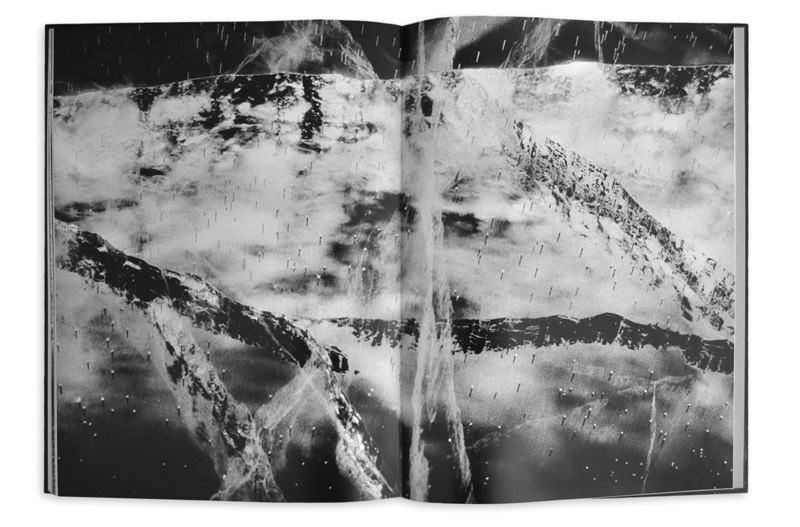
Gondwana: Images of an Ancient Land (Assouline, 2014)
The book’s title comes from the name of an ancient landmass (one of two supercontinents), which 170 million years ago contained present-day Antarctica, as well as Africa, Australia, India, New Guinea and South America.
Curator Elisabeth Sussman of the Whitney Museum of American Art, in the book’s introduction, wrote that in using the name “Gondwana” for this body of work, “Tuft collapses that ecologically traumatic event of the ancient past when the continent went through unimaginable change” with “our global future, in which accelerating global warming threatens not only Antarctica, but the rest of the world as well. “
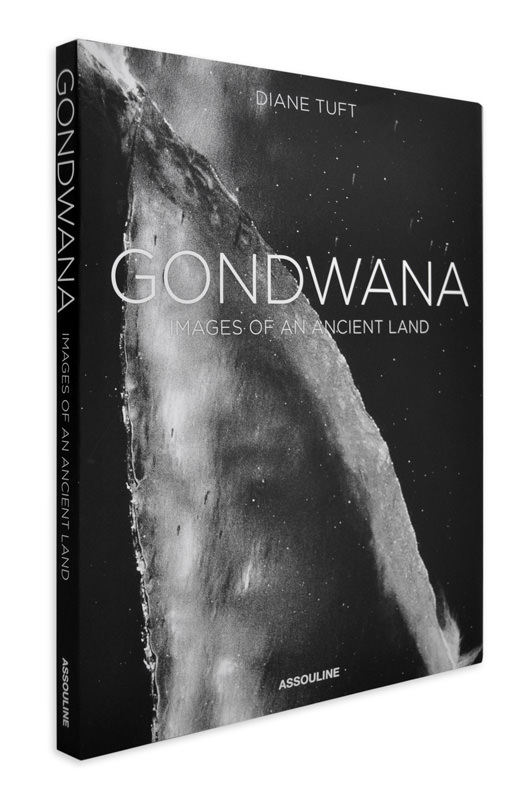
Gondwana: Images of an Ancient Land (Assouline, 2014)
Sussman draws comparisons between Tuft’s pictures and the work of Ansel Adams, describing as both “straddling a space…where photographic process and aesthetic instinct meet the politics that comes with documenting something that is at once new, objectively beautiful, unspoiled, and endangered.”
Tuft is an artist who has focused primarily on photography since the late 1990s. In an interview in New York City, where she is based, Tuft explained she has been a lover of the natural world since childhood, when she enjoyed playing with petals, twigs and stones in the pasture behind her family’s home in East Hartford, CT.
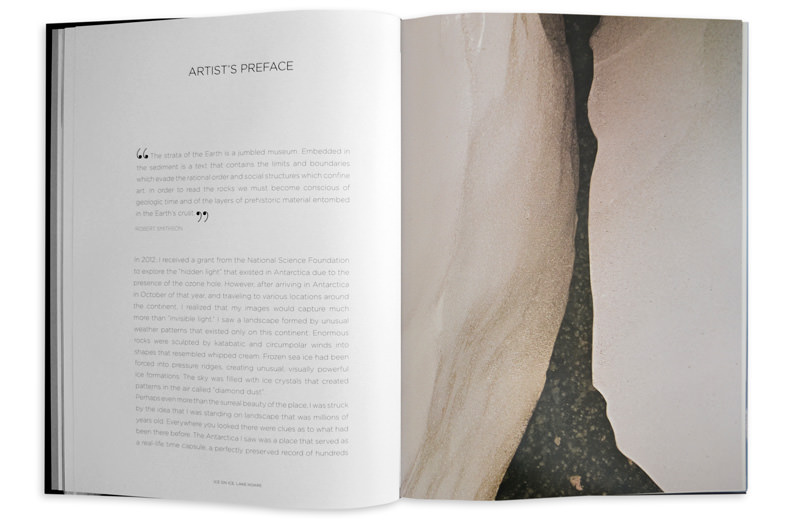
Gondwana: Images of an Ancient Land (Assouline, 2014)
Tuft is also a longtime science buff who majored in math, and someone who has always been drawn to the mystery of what exists beyond the visible. “We sort of take landscape for granted. I just feel there is some spirit in there,” said Tuft.
Trying to capture that spirit on film has been a driving force of her art. By way of example, her last body of work, exhibited at Marlborough Gallery (where the “Gowanda” photographs are slated for a solo show in early June) were surprisingly colorful large-scale aerial photos taken in the aftermath of the 2010 volcanic eruption in Iceland.
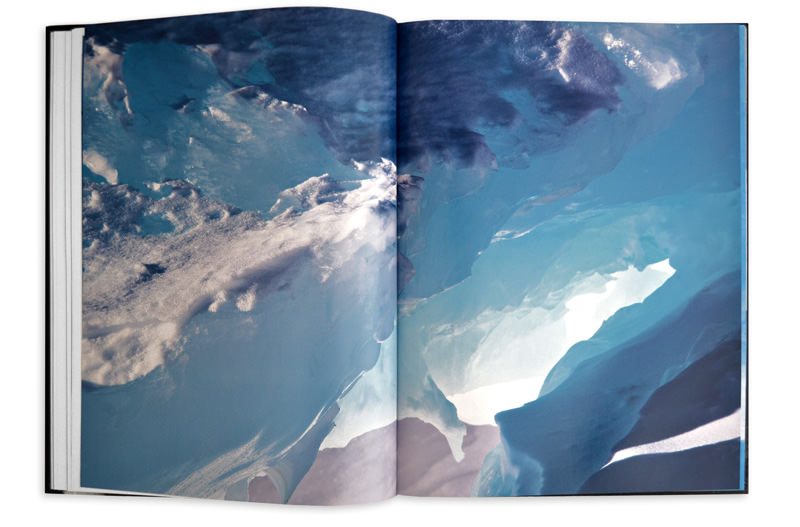
Gondwana: Images of an Ancient Land (Assouline, 2014)
Dating from her early explorations of photography, Tuft experimented with Kodak High-Speed Infrared black and white film “that showed what we can’t see” the light waves invisible to the human eye. Since infrared film is temperature sensitive, areas in the frame that are physically cooler appear darker while those that are warmer appear lighter. Although the infrared film Tuft prefers has been discontinued, she dug into the stock in her freezer for her Antarctica trip.
Part of the challenge of using this infrared film is that she is at the mercy of her environment since she cannot see with her own eyes what the film is documenting, which means she can’t adapt to or alter photographic circumstance while she is shooting in the field.
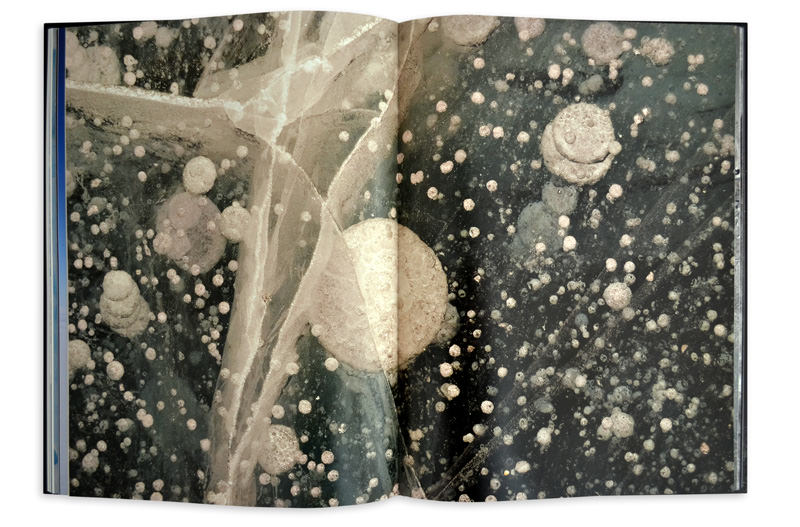
Gondwana: Images of an Ancient Land (Assouline, 2014)
Asked whether her she felt she met the goals set forth in her grant, Tuft said, “My grant was to capture the hidden light of Antarctica. I did that.” But, she added “I hadn’t understood the essence of Antarctica until I got there, that it’s a lot more than that,” Tuft said. “So the photographs really capture millions of years of the environment’s effect on the landscape. The light has a lot to do with it, but so does wind, the way the gasses of the atmosphere are trapped in the ice and so much more.”
Diane Tuft has had solo exhibitions at Marlborough, Ameringer-Yohe Gallery and Pace Gallery in New York City, as well as The Kimball Art Center in Park City, Utah. Her work is in the permanent collection of The Whitney Museum of American Art and The International Center of Photography in New York City, as well as other private collections and museums throughout USA.





